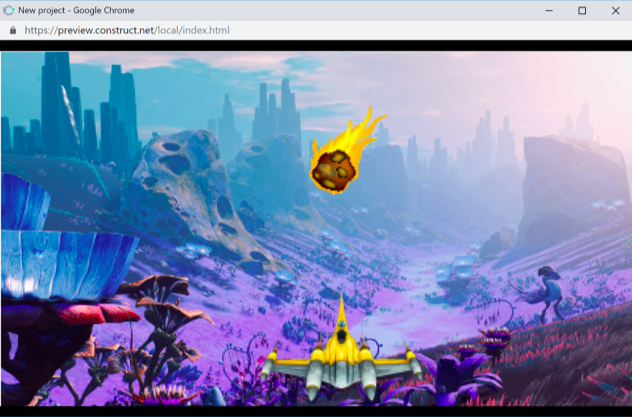
In my 20 years of teaching, I’ve come to learn that students rarely like to make mistakes. This is a natural reaction and one which many adults might relate to: to feel worried about sharing the wrong answer in a test or putting up your hand in the classroom.
When it comes to computer science, failing and making mistakes are actively encouraged and welcomed. For me, this is one of the many wonderful and exciting thrills of computing: the trial and error of testing out a new code, tinkering to figure out where the bugs are and finding a solution.
This gives the learner a far deeper and richer understanding of how things work, whilst building their computational thinking, problem-solving and creative skills. Once students have overcome this initial fear of failing in computer science, you will likely find a classroom full of curious learners who are eager to put their skills to the test and try their hand at game-making.
Busting the myths
Like making mistakes, students often have a preconceived idea about what computer science involves and the ‘type’ of person who typically does well in the subject. When asking some of my primary students to draw what a computer scientist looks like to them, each of them drew a picture of an old man with glasses – reflecting the stereotypical images of white male scientists we often see in the media. It’s vital that we challenge these misconceptions early on and expose children to the diverse range of people working and excelling in computer science. This will help ensure that there are no barriers for them to pursue the subject later in their education.
With a degree in music production, I never imagined that I would become a computer science teacher. However, after being asked to step in as a cover ICT teacher early in my career, I discovered a newfound passion. I found similarities between the technical aspects of sound recording and coding and the artistic design required for both music and games. In my lessons, I similarly aim to break down misconceptions and open students’ eyes to the possibilities in computing.